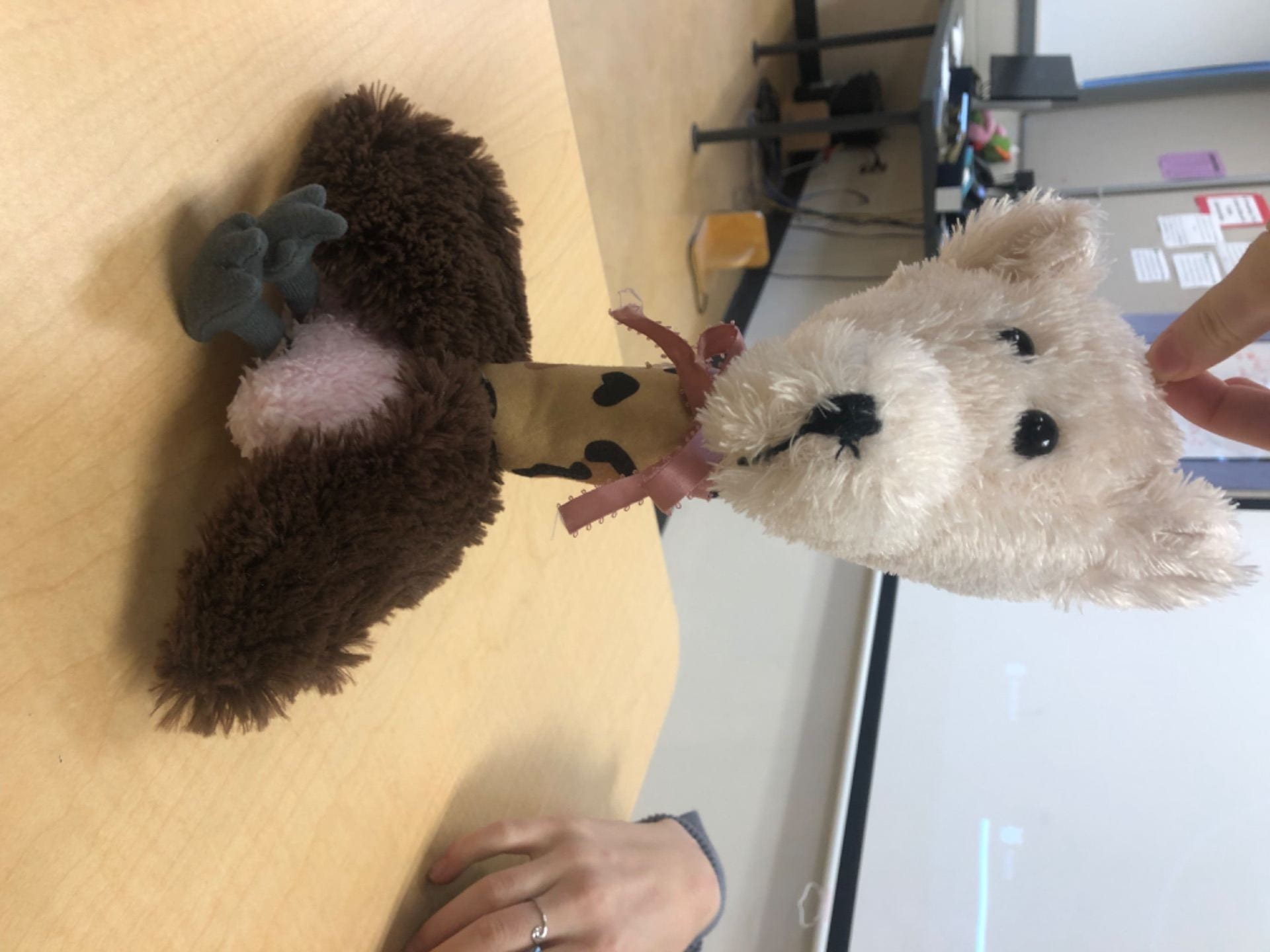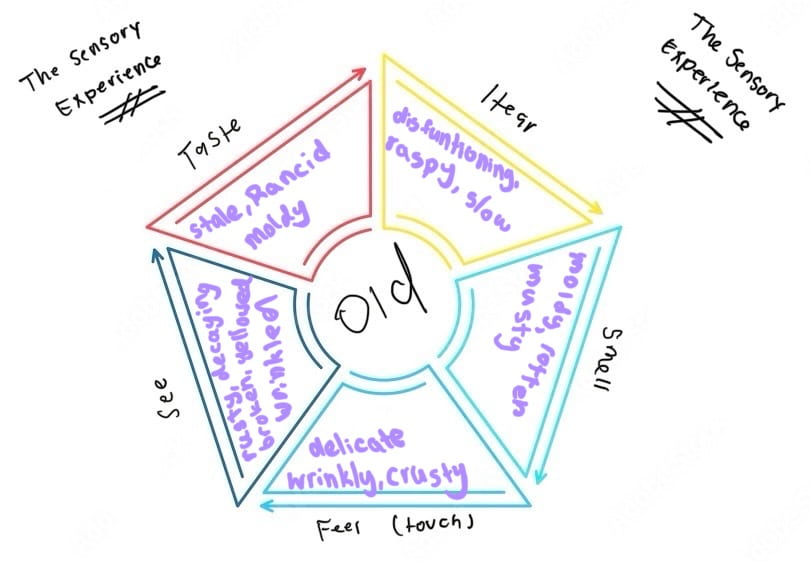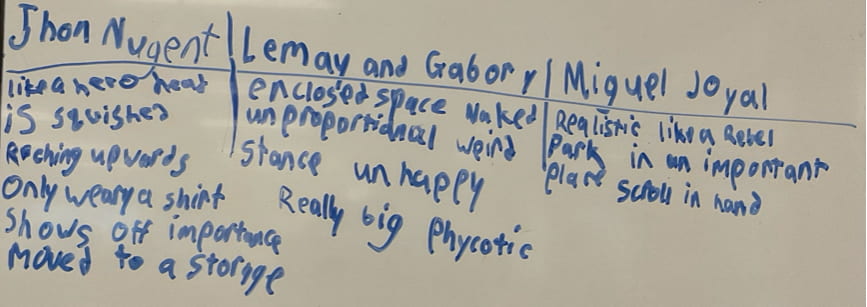When France sneezes, Europe catches a cold.
This is a metaphor for what I learned about in our latest project, about nationalism. The driving question for this project was how “has Nationalism’s influence shaped the global structure?”
Our project started, with snails and slugs. Since research was going to be a key part in this project, we first learned how to cite sources, by practicing using articles about these gastropods. Everyone individually wrote a short paragraph with some information, citing where each source came from after every sentence or fact. Here is mine:

Next time I think I could make sure to proof read it, because there were several mistakes. However, this was very helpful for me to learn how to provide credit in an organized way, as we began research.
First, we watched and hypothetically took notes on a video as a class, however it was too faced paced for a lot of us to keep up. As well, my keyboard starting glitching 5 minutes in, and my writing to text didn’t go very well. This is how my notes turned out:

The quality of this video was important to note and reflect on, as we also focused on how to make a good video, our end project. We watched a few other videos after this and then started our individual research.
To guide our research, everyone developed 6 questions: who, what, where, when, why and how. To do this, we first made a list of questions for 5 minutes and then chose and refined them to narrow it down to those 6. Here are my questions:
– Who were the most significant figures in French nationalism?
– What were the most significant events affecting French nationalism in the 19th and 20th century?
I found it hard to find resources that answered my specific questions, but I eventually found lots of info, which I organized into this chart, with citations of course! One of the main things I learned was what nationalism actually is, since I didn’t know before and I was still confused throughout the beginning of the project of whether it’s a concept or an event. This relates to the cause and consequence, because the ideas of nationalism result in nationalistic actions. Watch my video below to find out more!
Next, we wrote a script outline. I made my really brief and had a separate script because I didn’t know it should all be combined. Anyways, I found this part easier, because I just had to transfer the research into proper sentences and I like writing. As well, I used the chart below to start thinking about the visuals I would use in my video.
Finally, I began making my video. I used Keynote to animate some scenes, Procreate to draw cartoons for these animations or for other visuals, flipaclip to make some stop motions and online images. As well, I recorded a voice over. Then I lined everything up and edited it in Capcut, adding a few sound effects and background music too.
Here is my final video:
The main thing I would improve on is the audio of me speaking. I was talking quietly when I recorded it, which lead to my voice sounding unstable and unsteady. As well, I made a few mispronunciations on accident (like nationalisbsmsms and monacarcy). Being more careful on my tone and pronunciation is something I can remember for the future. As well, choosing a more upbeat background song to keep the video interesting and not make everyone fall asleep.
In conclusion, I learned a lot. I expanded my understanding of Nationalism in France and how it has effected the world, even today. Thank you for reading, that’s all!


























